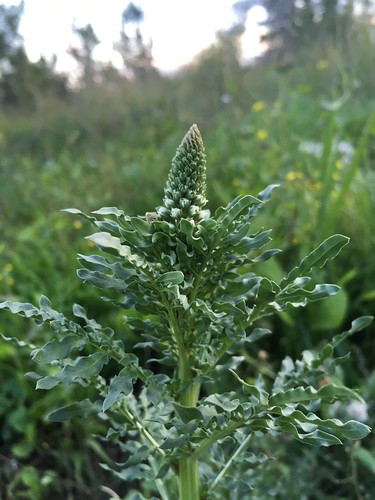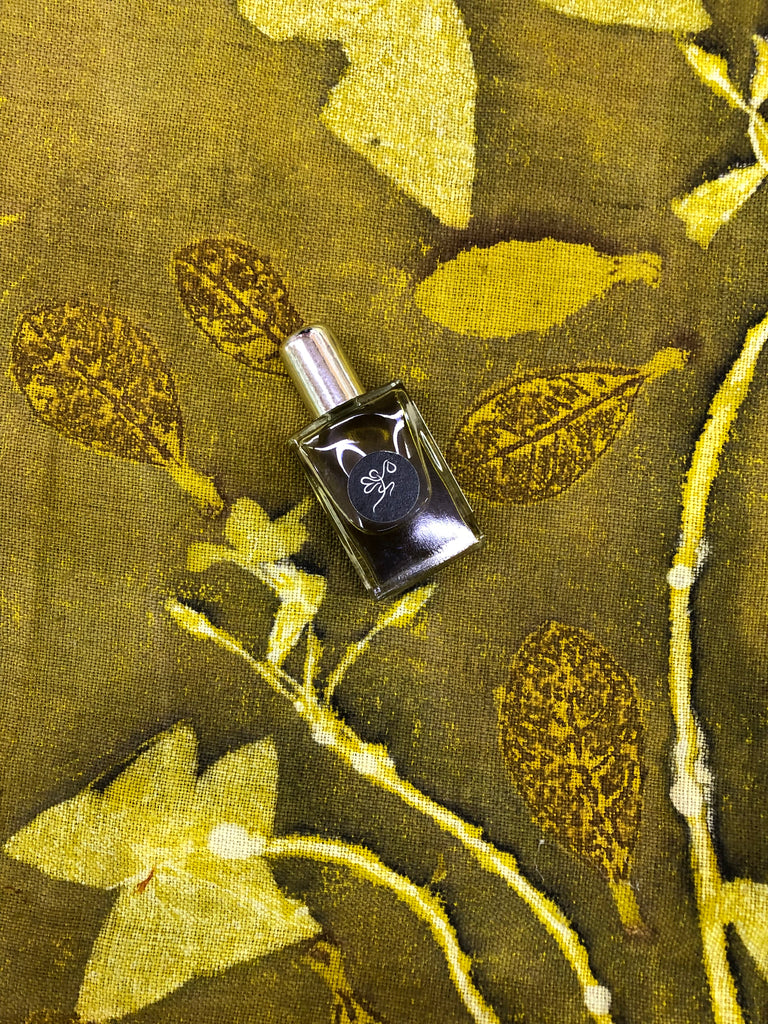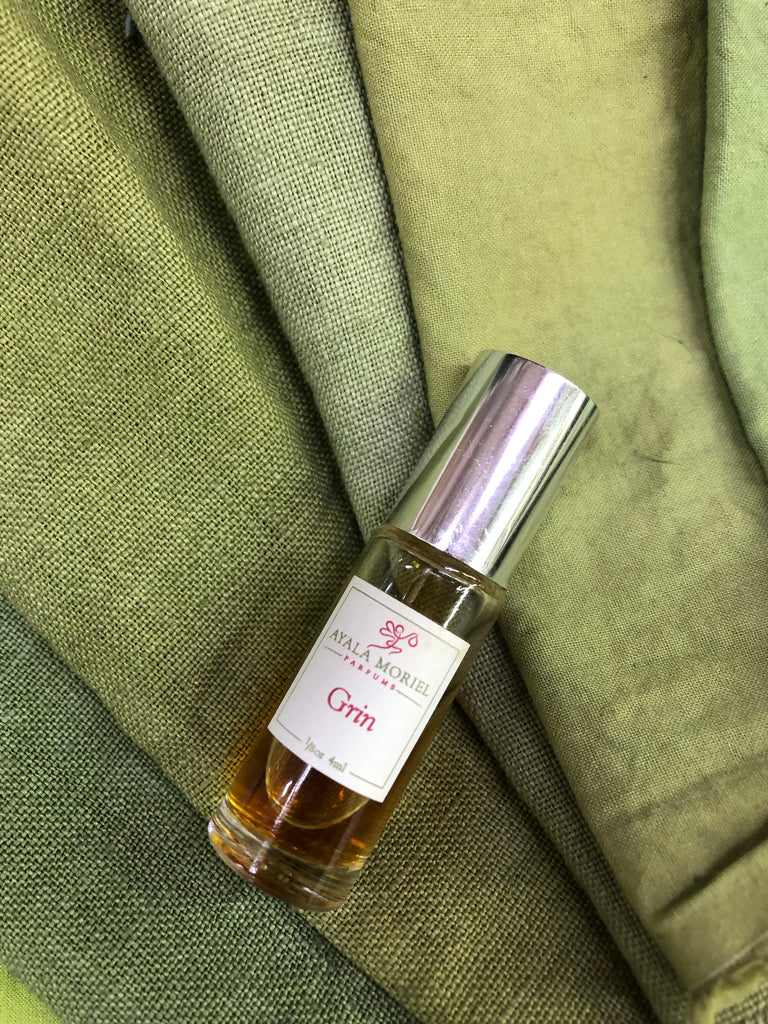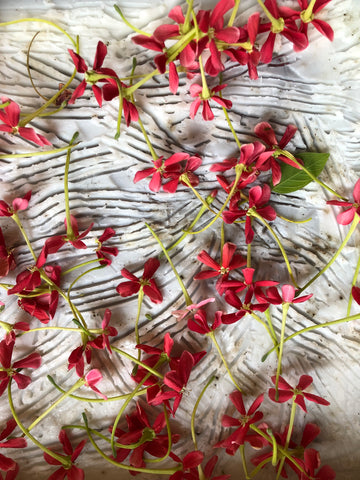
Every month, I join a group of ten other women, for a Friday of unusual fun. We are led by our two sages, who choose a surprise spot for us outdoors, where we will spend a the day soaking up beauty. Being outside in a natural environment and discovering beauty in unexpected places (not always so wide and wild, as those areas are fast vanishing from the horizon). We start the day alone for about an hour of solitude, meditating, contemplating, or just staring at our surroundings in quiet time along. Some of the day is dedicated to photography exercises, using simply our smartphones and learning how to take better ones, with very little focus on technique and more focus on a specific topic that is seasonal and we tackle it from the twelve different angles that each of us provide. We mostly lavish in the luxury of having time for ourselves away from family, home and work responsibilities. And just with ourselves and sharing time, space and love for nature with one another. We share a meal and sometimes also our thoughts and feelings. It's very simple yet so hard to come by these days.
Yesterday, I drove through a wide gravel road leading to some of the country's last wheat fields of Yizrael Valley, behind Bethlehem of Galilee (possibly and logically, where Jesus was truly born, but not traditionally considered his birthplace). And from the midst of the fields, we were lead through two gates to a naked oak grove amidst the green.
The theme for this month is "Green". The colour of life, renewal and the heart chakra (along with pink). Yet in contrast to all of that, I have to admit I was not particularly excited to tackle this topic aesthetically. It seemed too easy. Too lovable. I felt strangely uninspired.

On the artist's palette, as well as in nature, there are more
shades of green than any other colour. Forget about fifty shades of grey. We're talking about
295 shades of green! Can you name any of them? There are precious gems like emerald, jade and peridot; There's sea green and forest green, and then there are myriads of plants and foods with distinguished greens, such as sage green and olive green, pistachio, avocado, lime and many more; The beloved mushroom green (which is the shade I use for my logo), fern and moss green (both dark and light), and of course grass green. The names alone make me feel rejuvenated and recharged.

And rejuvenated I did return from this week's outing, because despite my reservations I did go. I didn't find any earth-shuddering shots or any other ground-breaking revelation. And that is totally okay. I marvelled at the fields of green wheat, and the green pastors among the naked oak trees. Cyclamens galore with their heart-shaped leaves of green snake-like patterns, and plenty of mandrakes just going into fruit, Jerusalem sage, mullein, watercress and stinging nettles are just a few of the more distinguished plants among a sea of green grass, mostly. I placed a little wicker mat among the white anemones and cyclamens and realized what a ridiculously simple luxury it is to just sit or lie down on the grass facing the sky and the trees like this. And how precious it is to just be in my body in this place. I took in the green, stretched my limbs and spine in the pleasantly caressing rays of the winter sun, and when I looked around I also so moss on the rocks, so bright and vivid. I wondered why I do this lying down and doing nothing only at the beach and promised myself to do it anywhere else I can lay my body on and feel like doing so.
 Reseda odorata
Reseda odorata, AKA Mignonette (pictured above) is just one of a few typically "Green" notes on the perfumer's palette. But it is not the only one. And it is also rarely available now as an absolute, so I would love to try my hand at extracting it using the enfleurage method. The leaves themselves smell pungent and more than a tad repulsive - almost like rotten tomato leaves or goosefoot leaves (a stinky relative of quinoa). But the delicate cluster of tiny white flowers smell surprisingly amazing! Reminiscent of tuberose dipped in a field of green, it is heady and heavenly with hints of orange blossoms. This note can be found in the stunning
Private Collection by Estee Lauder, and is what gives it its unique personality above all other components. When I smell reseda, I find it really hard not to think of this perfume.

For the perfumer, "Green" is not just a colour, but a whole category of aromas that bring to mind imagery of leaves other than aromatic herbs (rosemary, sage and eucalyptus don't count as "green" even if their colour is). The smell of fresh cut grass, one of the most beloved among the thousands of people I interviewed throughout the years, is a universally loved scent. The molecules
(Z)-3-hexenol and (Z)-3-hexenyl acetate are what give the distinct fragrance of fresh cut grass. They develop once the grass blades are crushed. These are not extractable into essential oils, perhaps because their concentration is very low. However, they have a high odour intensity which gives off a scent that is associated with relaxation, summer lawns and poolside giggling. They are now synthetically produced to create a very realistic impression of something fleeting that can't be captured otherwise. When trying to bottle an impression of the grassy lawn of Harbour Green park in
Coal Harbour perfume, I've used a combination of galbanum oil, tart pine absolute and linden blossom.

Another synthetic molecule that is very frequently used to create a green character or nuance in a perfume is
spirogalbanone. This is a manmade molecule is intensely green and powerful, sharp and persistent, and not at all found in nature, but that takes its inspiration if you will from the natural essential oil of galbanum. The resin from this Persian native of the Apiaceae family gives off a most characteristic bright and
GREEN personality that is like intensely heady and sharp parsley with hints of balsam, grass blades and freshly squeezed lemon rind, dripping with green juiciness. Galbanum can be found in many classic perfume compositions, the key one being
Vent Vert, the Godmother of all green perfumes. Then there are
Miss Dior,
Ma Griffe,
Chamade, Crystalle,
Ivoire,
No. 19 and more. Galbanum is THE natural perfumer's key green resource, and you'll find it in
Ayalitta,
Rainforest,
Lost Lagoon and
Grin.

There are other green notes in natural perfumery: violet leaf absolute (which appears in quite a few of the perfumes discussed today), hay absolute and even oakmoss has an inherent green quality to it. And there are a few categories as well - Floral Green or Chypre Green. Perhaps there is a green nuance in a perfume you love that belongs to a completely different category - for example, the legendary Vol de Nuit, which also contains galbanum, oakmoss and sage but is walking the tightrope between Oriental and a Chypre and manages to smell both mysterious and natural.
For now I will just let you meditate on green wherever you are - be it a green garment, a mundane object such as a garbage bin, or the lovely and nutritious food you eat. Notice the colour and the exact shade of green. Do you see other colours in it and other associations? Does the green you meet have a scent? Do you like it? What does being meeting the green make you feel?



















